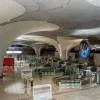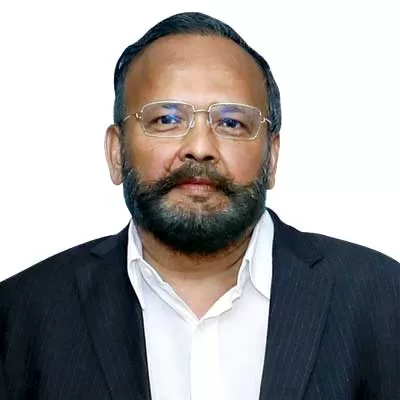
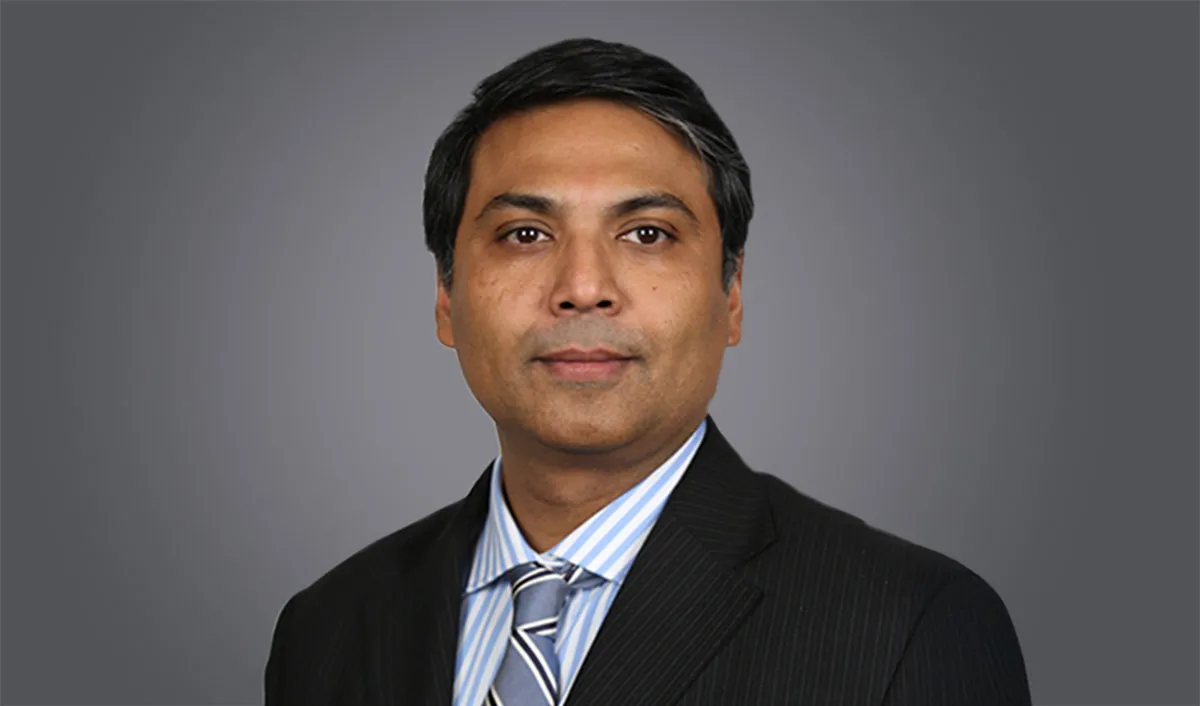
Bentley’s AI-Driven Infrastructure Vision
Kaushik Chakraborty, Senior Vice President, Asia Pacific & Japan, Bentley Systems, shares with PRATAP PADODE, Editor-in-Chief, CW, how Bentley is reshaping infrastructure. Through AI, model-centric workflows and innovation, technology is helping deliver projects faster, greener and more efficiently across regions.How does Bentley’s global strategy ensure its solutions meet diverse infrastructure needs?Bentley’s technology is designed to scale globally. Projects large and small – from a hotel in Udevo to a 350-km highway in Australia – demonstrate that technology is no bar..
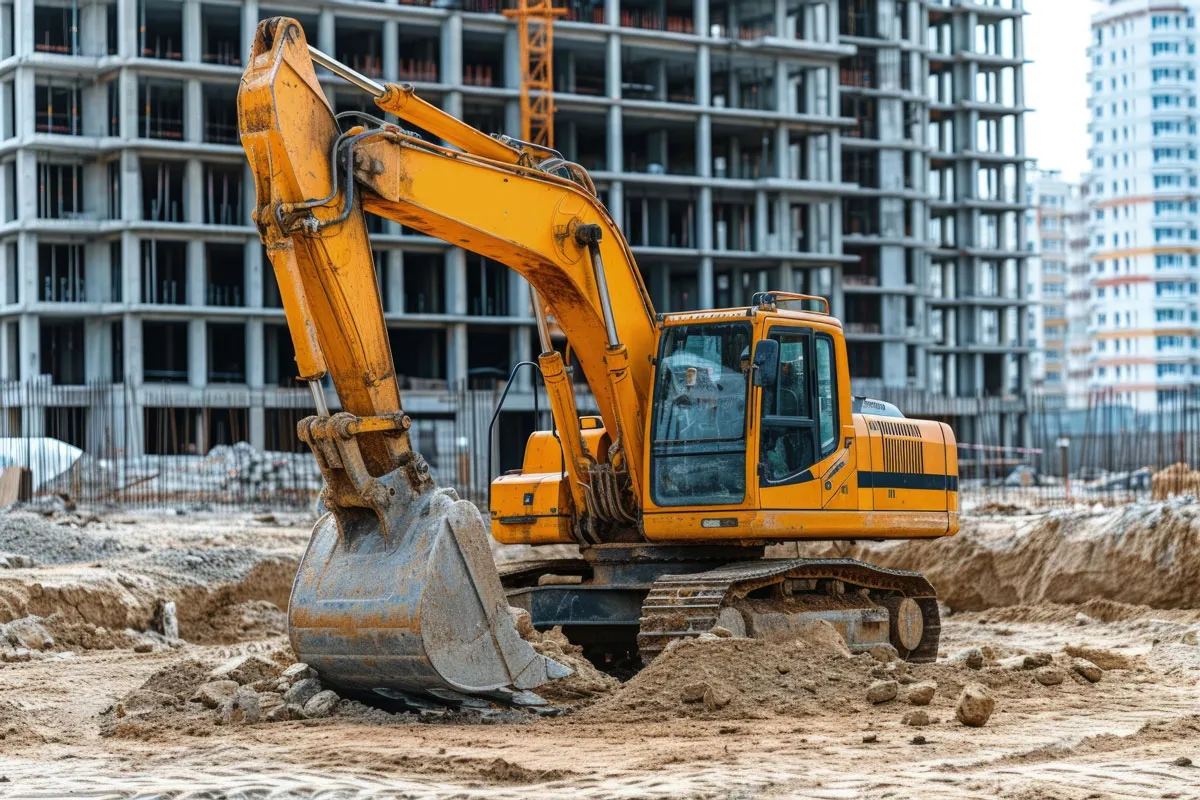
Handling the Bottom Line
In a highly competitive construction environment, efficient material handling is “the silent engine of profitability”, to quote Vaibhav Kulkarni, General Manager Projects, JP Infra Realty. “It’s not just about moving materials from A to B but developing a strategy to minimise touchpoints, reduce waste and maximise spends.”Planning stageBefore investing in material, Kulkarni recommends designing the material flow. “Map the journey of major materials from the delivery point to their final placement,” he recommends. While doing this, “minimise double-handling and identif..
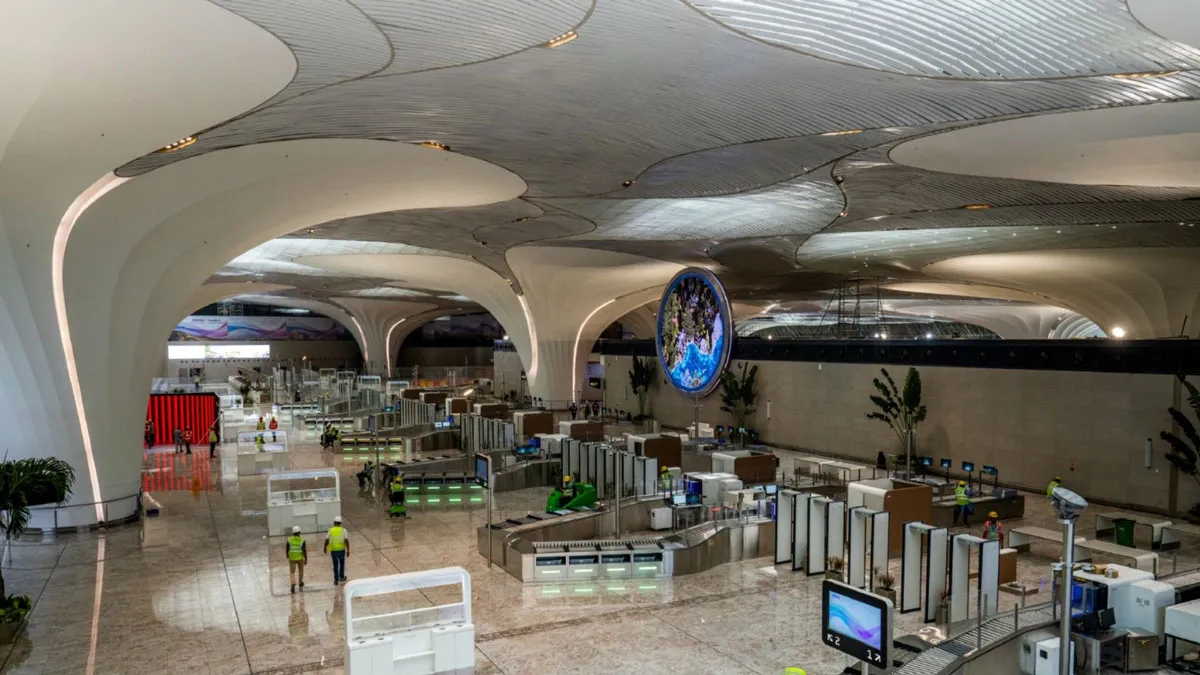
Taking Flight!
When Prime Minister Narendra Modi inaugurated the Navi Mumbai International Airport (NMIA) on October 8, 2025, it marked far more than the opening of another terminal – it signified a turning point in India’s aviation and infrastructure narrative. Developed by Adani Airport Holdings Ltd (AAHL) in partnership with the City and Industrial Development Corporation (CIDCO), NMIA represents a bold vision of how modern India intends to connect its people, power its economy and project its identity on the global stage.“The Navi Mumbai International Airport is a project that exemplifies the visio..






